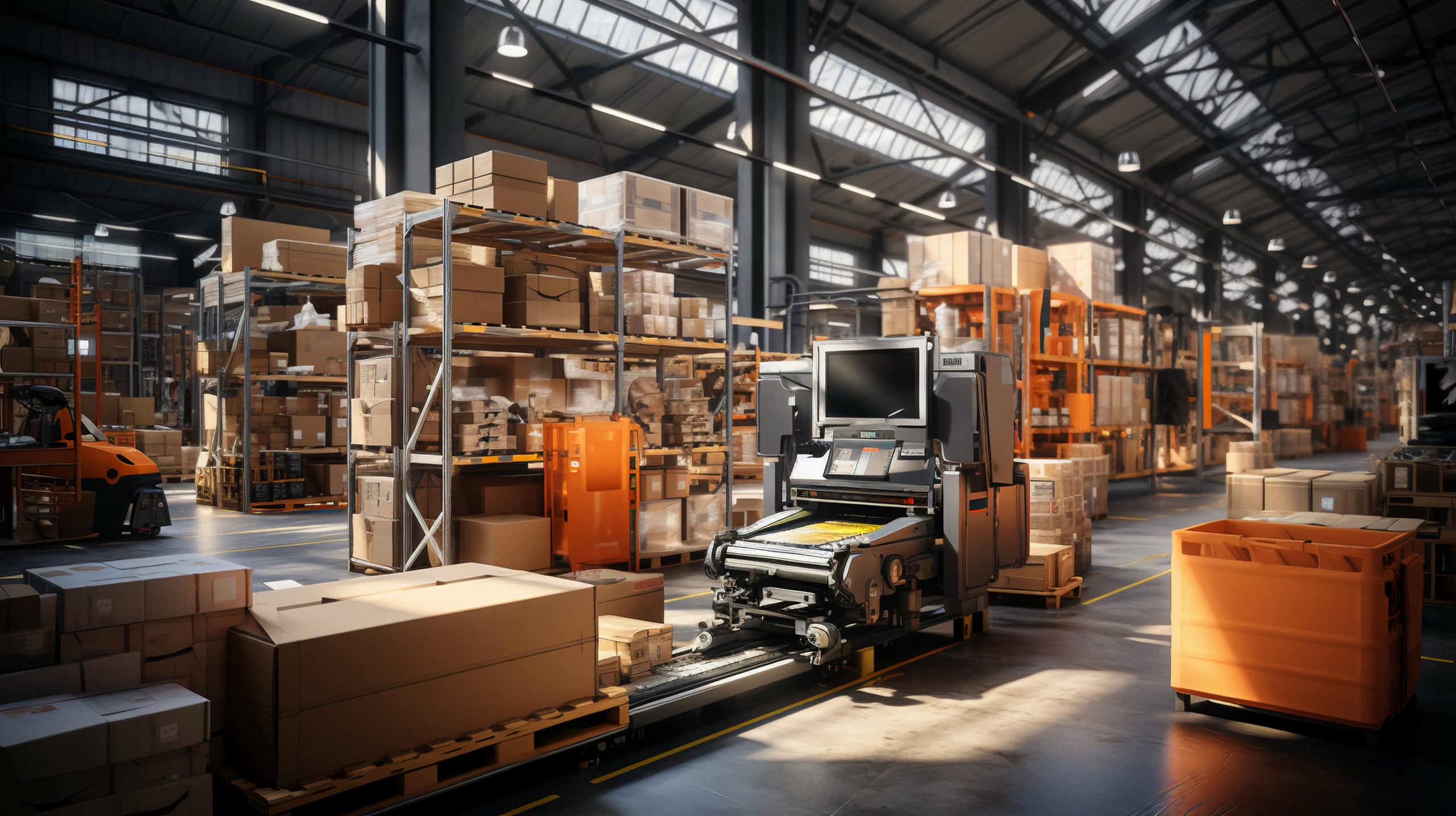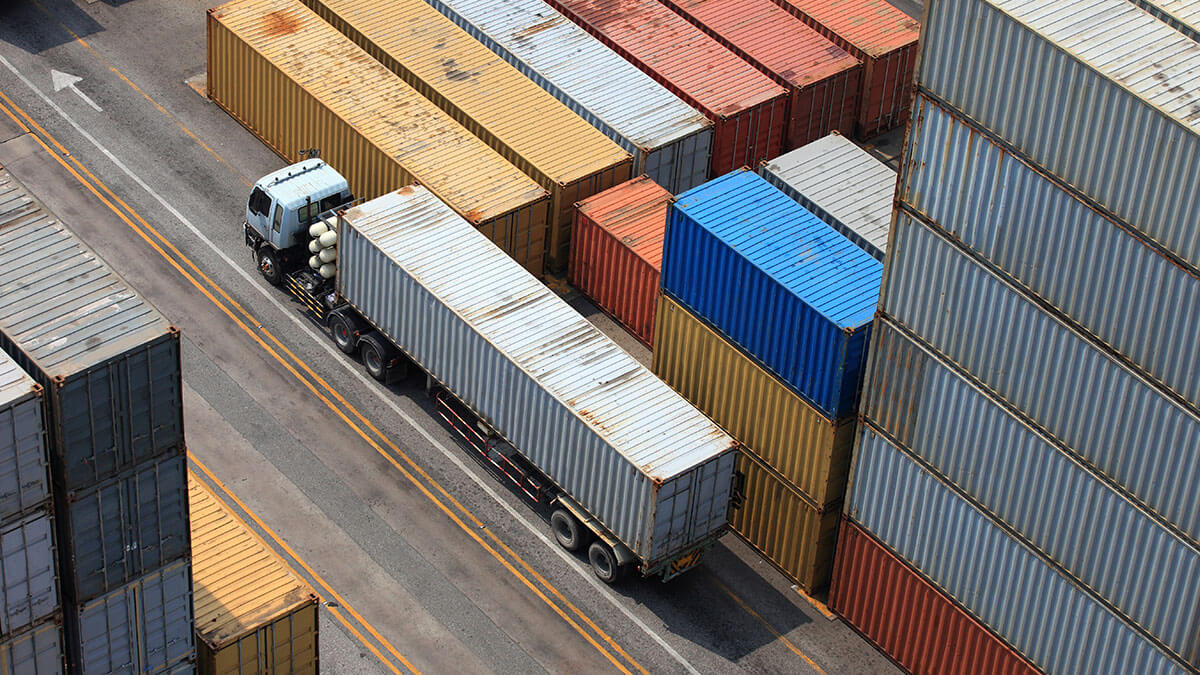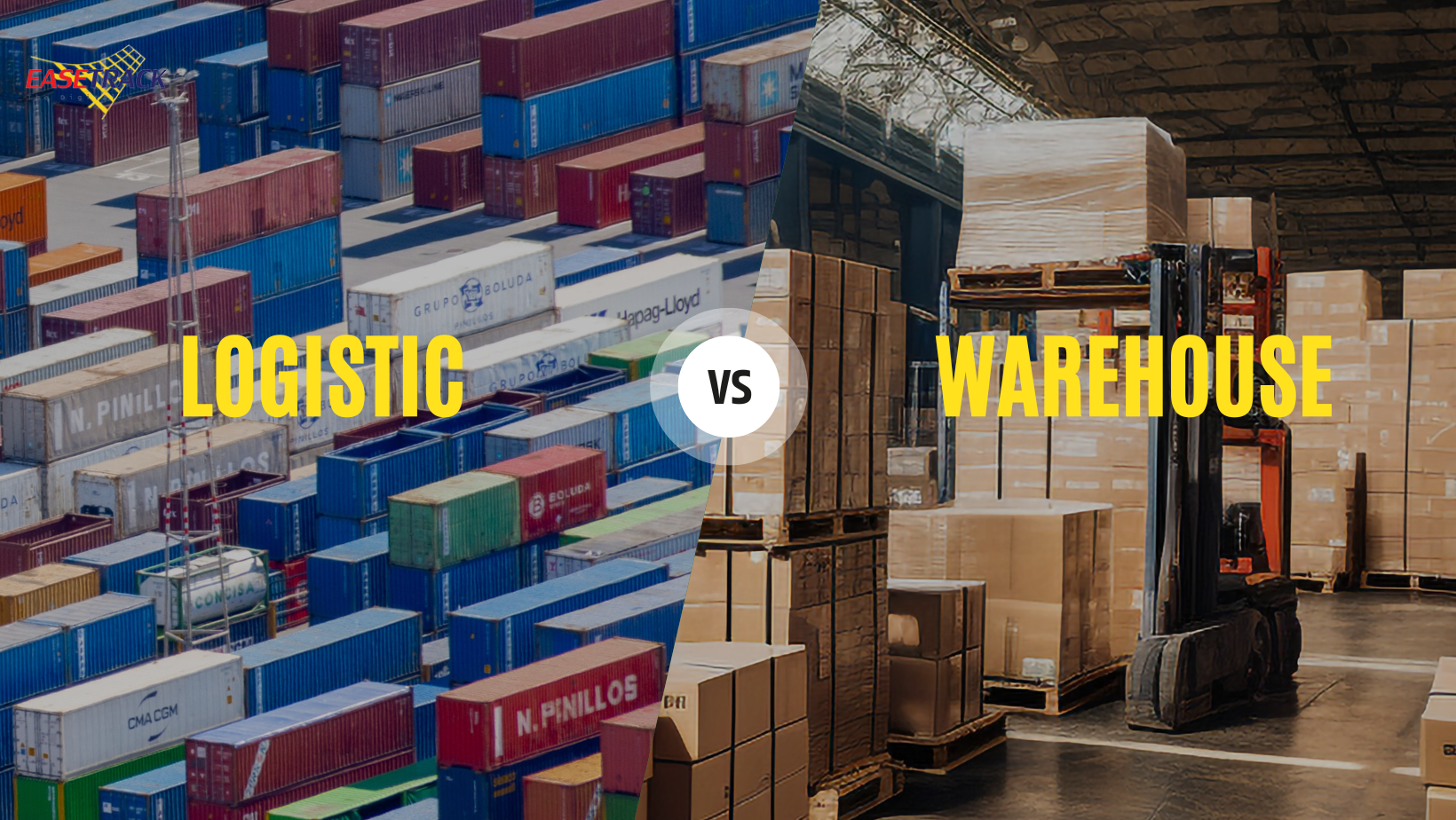If talking about the meaning of the words “Warehouse” and “Logistics”, these two words are often seen as words that are used in the same way. and always act in tandem It’s like the same coin but different sides.
“Warehouse” and “Logistics” both serve as supply chains in a business. Warehouse focuses on storing products within buildings, while Logistics focuses on storing and delivering products stored in warehouses. And this is an important reason that both the warehouse and logistics must work together.

What is a Warehouse?
Warehouse is a place used for storing goods and raw materials during the shipping and production process. By storing products in this warehouse for use in shipping or procuring goods or raw materials in the future. It is responsible for keeping products safe and in reserve for a specified period of time. Warehouses are often centralized and organized so that products can be found, stored, and shipped in a systematic way.
In addition, the warehouse also plays a role in controlling product stocks. Including checking the authenticity of the product. This is to ensure that the products are of the highest quality and completeness as specified in the first storage system. Warehouses play an important role in logistics and the supply chain system that is an important part of business and delivering products to customers. Warehouses are often the center for receiving, storing, and distributing products. This may include:
-
- Handling of inbound and outbound goods
- Storing and moving products inside
- Order – Picking
- Sorting and rotating product stock
- Packing, Loading and Shipping
- Return Management Maintenance and loss prevention

What is Logistics?
Logistics (Logistics) is the process involved in managing and controlling the movement of goods, raw materials, and various resources from the starting point to the destination or distribution point with the goal of having the product or service arrive in good condition and suitable position Including planning, organizing, storing, transporting, and quality control. And the delivery of goods or services to customers here is an important part of the system which allows goods to move from origin to destination efficiently and accurately according to customer needs.
Logistics plays an important role in shipping goods across the world and is vital in various businesses and commerce so that the goods or services reach the customers at the correct time and in good quality. Which can be divided into 2 main duties:
-
- Inbound Logistics – is logistics that involves moving products and raw materials to production plants.
-
- Outbound Logistics – is logistics that involves moving products to the point of consumption this may be called Order Fulfillment.
Difference between Logistics and Warehouse
|
Logistic |
Warehouse |
| Focuses mainly on controlling and managing the flow of incoming and outgoing goods from the warehouse. | Emphasis is placed on storing raw materials, products, or services for production or sale. |
| Flow management to meet customer expectations Including the expectations of the organization | Handling materials and making sure everything runs as well as possible |
| Involved with all flows, from data integration Material management, inventory, transportation, etc. | Transportation that emphasizes safety, etc. involves tracking inventory management Managing new stock, selecting, receiving, and storing stock |
| It is Logistics Type Recycling, Recovery, Production, Sales. | Warehouse types include public warehouses, temperature-controlled warehouses, warehouses, distribution centers, etc. |
| Logistics management process that consists of organizing, transporting and storing goods from one place to another. | Warehouse management procedures include loading, unloading, receiving, storing, inspecting, and distributing goods or products. |
| The main objective is to reduce operating costs and improve efficiency. | The main objective is to keep operating costs as low as possible and increase the profit margin. |
| Benefits include improving efficiency and reducing costs, providing better service to customers, increasing revenue, etc. | Benefits of increasing inventory visibility, having an appropriate supply chain, reducing business risk. |
You can see more details at Easetrack or contact us now To make your warehouse and production intelligent To increase production efficiency and management To make it easier, Eastrack is happy to give advice. In order for customers to get the most benefit from our services.
Source : geeksforgeeks.org

